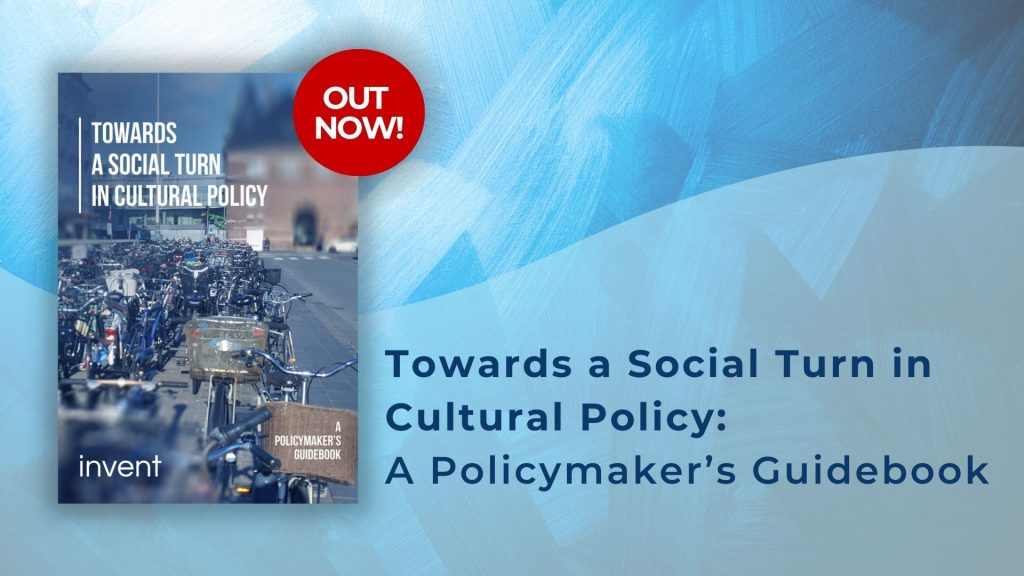It is a commonly shared view that “culture is good for you”. In cultural policy, there has long been concern about citizens that do not participate in any cultural activities, such as visiting museums or concerts. Cultural non-participation has often been treated as a problem – even though non-participation is actually very common. An explanation for the low rates of cultural participation is that even though people don’t participate in culture in the traditional sense in which it has often been measured in surveys, they are just active in different areas of participation, sometimes labeled as “everyday activities”, such as walking the dog, visiting pubs or knitting.
With survey data collected in Finland in 2007 and 2018, INVENT team member Riie Heikkilä with her colleague Taru Lindblom showed that in Finland, participating in everyday activities did not compensate for the cultural non-participation. Rather, the non-participation accumulates: those who don’t participate in culture also don’t participate in everyday activities. On top of this, examining the change between 2007 and 2018, it seems that even though the volume of non-participation hasn’t changed significantly between the years, non-participation is more tied to socio-economic differences in 2018 than in 2007. Especially the level of education is becoming more important in predicting non-participation – those educated the least also participate the least. At the same time, the significance of income has weakened in the 11 years, which may suggest economic capital not being the major barrier in participating in Finland.
Heikkilä’s and Lindblom’s article “Overlaps and accumulations: The anatomy of cultural non-participation in Finland, 2007 to 2018” published in Journal of consumer culture is available open access at https://journals.sagepub.com/doi/full/10.1177/14695405211062052
The topic of cultural participation has been researched and discussed within INVENT before. For example, check out our blog on the purpose of cultural participation and museums in particular; or read out blog on social inequalities when it comes to cultural participation. We invite you to share your opinions on the subject of cultural non-participation with us in the comments!



 This project has received funding from the European Union’s Horizon 2020 research and innovation programme under grant agreement No
This project has received funding from the European Union’s Horizon 2020 research and innovation programme under grant agreement No
Leave A Comment